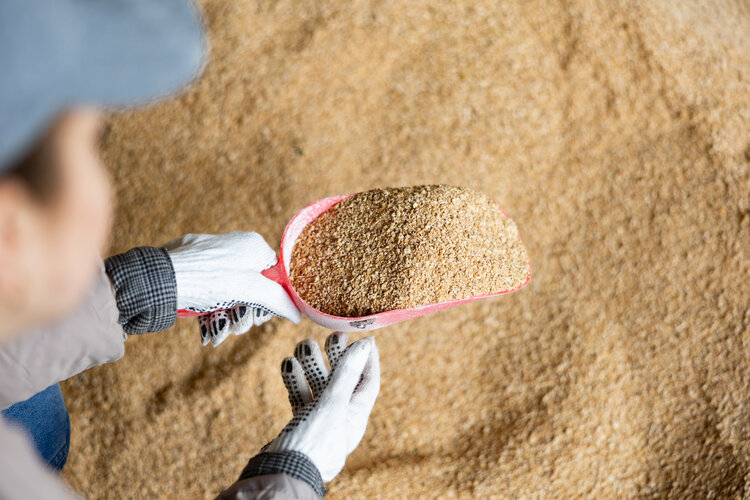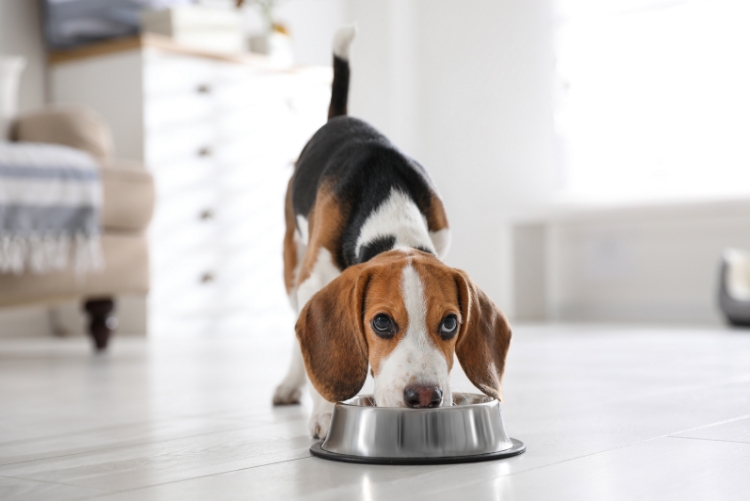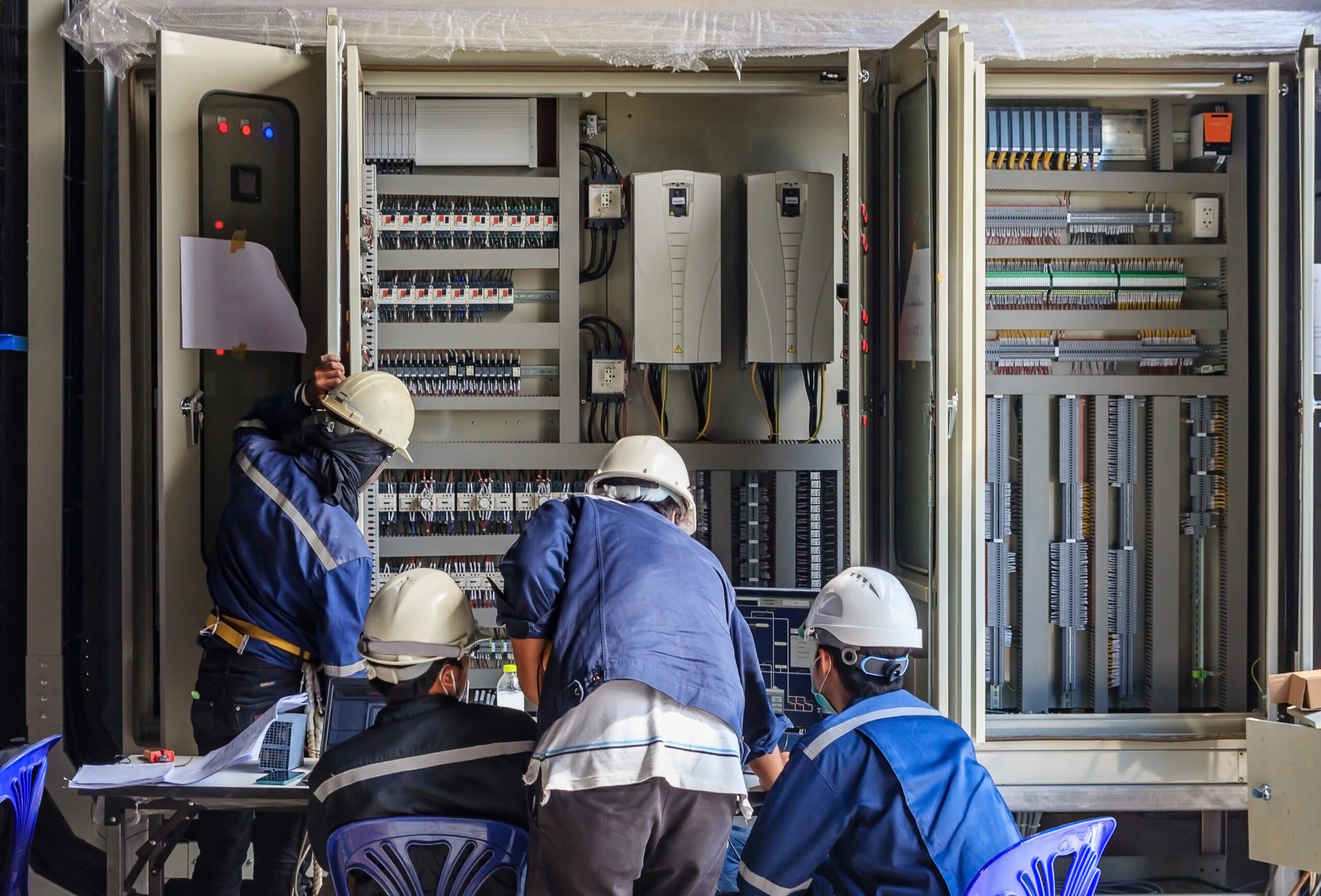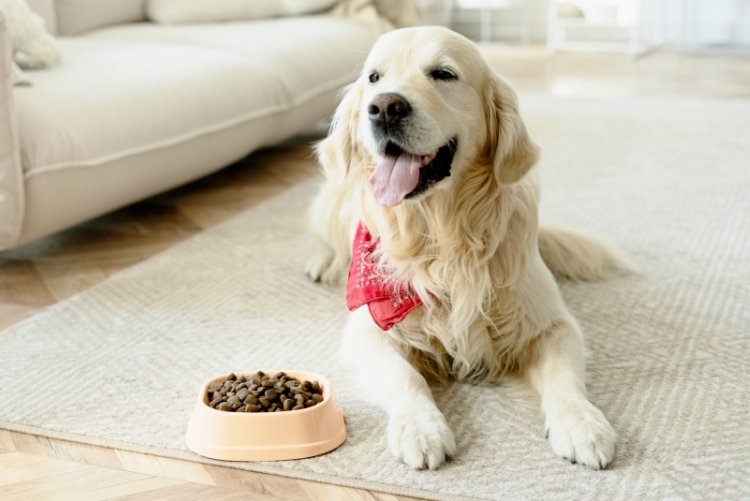
The animal feed industry is among the highest producing industries in the world. According to Michigan State University’s website, by the year 2050 the global population will have increased from the current 7.6 billion to an approximate 9.2 billion. This means that food demands will continue to grow in the future, as will the feed required to maintain the growing numbers of livestock expected to feed the world.
This foresight puts both the agricultural and animal feed industries in a unique position to plan for the future rather than be surprised by the upcoming changes. Now is a good time to consider what could be done to upgrade your process in preparation for what’s ahead.
Challenges
If the products your company specializes in require coating, such as animal feeds, snacks, or breakfast foods, you may face a specific set of challenges that are difficult to circumvent. Sanitization is a big deal for any industry, but for those producing ingredients or filling orders within the food service or animal feed markets, it’s a much larger part of the picture.
Sanitization & Safety
Equipment must be made from materials easily sanitized such as CEMA 4 stainless steel (SS). Housekeeping is a major consideration, and the need is constant. By utilizing equipment that’s easily cleaned and maintained, these requirements are much more manageable.
You can reduce the potential for regulatory findings and workplace mishaps by upgrading to equipment that helps reduce issues such as dust inhalation or slip and falls caused by atomized liquid due to open ended equipment.
Feed Costs & Nutritional Issues
Another set of challenges experienced in these industries are rising feed costs and nutritional issues. Product can be damaged before it ever leaves the manufacturing facility and that kind of a loss hits companies right in the pocketbook. Pelletized foods can be crushed or break apart due to the movement through feeder screws or tumbling systems which reduces its value or can even render it unusable.
Inconsistent coating of products can also be a costly issue. This can decrease the nutritional value of the materials or even cause a total loss of product. Neither of these are good for production practices.
Equipment Downtime
One last major food production challenge experienced in coating is equipment downtime. Companies lose millions of dollars each year in production loss thanks to lowered productivity and higher maintenance costs for cleaning or repairs.
Spray coating systems often experience back pressure and build-up in their systems which results in shorter lifespan for motors. Suspended solids and crystallization of ingredients such as salt or sugars can create clogging of nozzles which can take down a system indefinitely, especially with recent issues in part availability and logistics.
Solutions
Moving towards a future involving higher production rates, some of the inherent challenges that go along with it can be avoided by introducing a Mistcoater Liquid Applicator into the production process. With a variety of models to choose from and the knowledge to customize virtually any system, an APEC Mistcoater could be a simple solution for a multitude of factors.
Mistcoater T Model
With several different models to choose from, the “T” is the base model of the series while still being considered a complete coating system. It’s the basics at its best, a coating chamber that comes with a dry disk/scraper assembly. It features a hopper style inlet with a hinged and bolted coating chamber access door. Built with mild steel, except the liquid disk which is constructed with 316 stainless-steel. All welds are stitched or continuous as required and CEMA II finished with weld splatter and slag removed, rough or heavy welds equivalent to a 40-50 grit finish. A powder coated finish is added in a Base White, though other colors are available upon request. The nominal capacity depends on the specific tonnage of the unit, with the MC-5T model having a nominal capacity 250 cu.ft./hour. Moving up in capacity, APEC offers the following sizes for the basic “T” model.
- MC-20T = 1000 cu.ft./hr.
- MC-40T = 2000 cu.ft./hr.
- MC-70T = 3500 cu.ft./hr.
- MC-120T = 7500 cu.ft./hr.
Mistcoater MX Model
The midrange model, “MX” is a continuous blending system that boasts dual 6” ribbon flight mixing screws with fixed kick back paddles and ¼” ribbon/trough clearance. Enhanced with level control paddles constructed of round bar stock and combined with a proximity sensor, it can receive 24VDC power and send a 4020mA signal to the controls that will vary the speed of the mixing conveyor.
It’s varies from the base version’s 1/2HP dry disk drive by introducing a 1HP mixer drive with reducer, sprocket, and chain. Along with medium duty ball type bearings, TECF dual voltage motors, CEMA II finish and paint that the “T” model has, the “MX” offers a mixing screw inlet, and 4-bolt flange end bearings with outboard pillow blocks. Built with compression packing seals that are easy to source when needed. The screw trough has a discharge flange, full length cover, and support legs. This system can be built to suit your available space and footprint.
Mistcoater TMX & SST Models
Leveling up, the “TMX” model is the bigger, beefier brother of the “T” and “MX” models. It combines all the features of the two for a more streamlined production process. For those wanting to go all in, but choosing to keep the powder coating finish, this is the model to consider.
If you’re looking for a stainless steel version of the “TMX”, the “SST” (Superior Sanitation Technology) model is constructed with all stainless-steel contact surfaces and food grade components for increased sanitation.
Most systems can be built to handle anywhere from 20 (1000 cu.ft./hr.) to 120 tons (7500 cu.ft./hr.) as well as upgraded for closer tolerance mixing, adjustable mixing paddles, and steam tracing. They can also be built to serve the food service industry’s stringent CEMA IV standards inside and outside as well as an 80-grit exterior finish. Pairing the “TMX” or “SST” models with these upgrades could launch your company into the next tier and open doors to new avenues of production.
Choosing an Avenue
Whether your area of expertise relates to animal feeds, food service, or human grade pet foods, APEC’s Mistcoater line can be built to suit. From the existing layout and available space of a company wanting to grow, or a brand-new build just getting started, APEC specializes in working with businesses to customize what they want, where they want it, and the size they need it to be. Contact us today to learn more.







